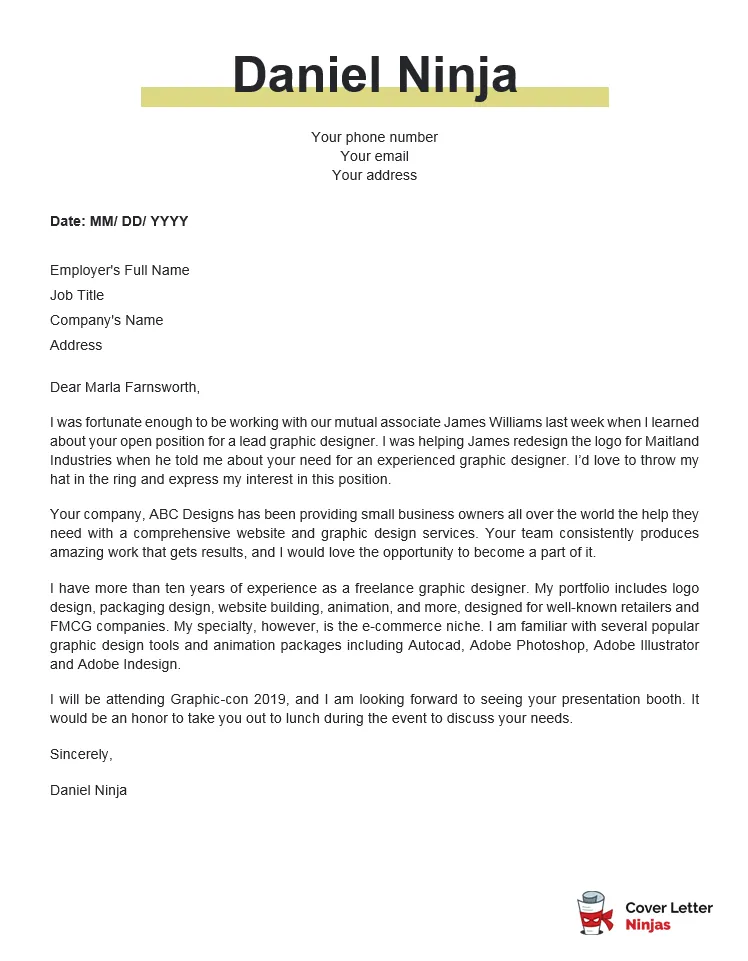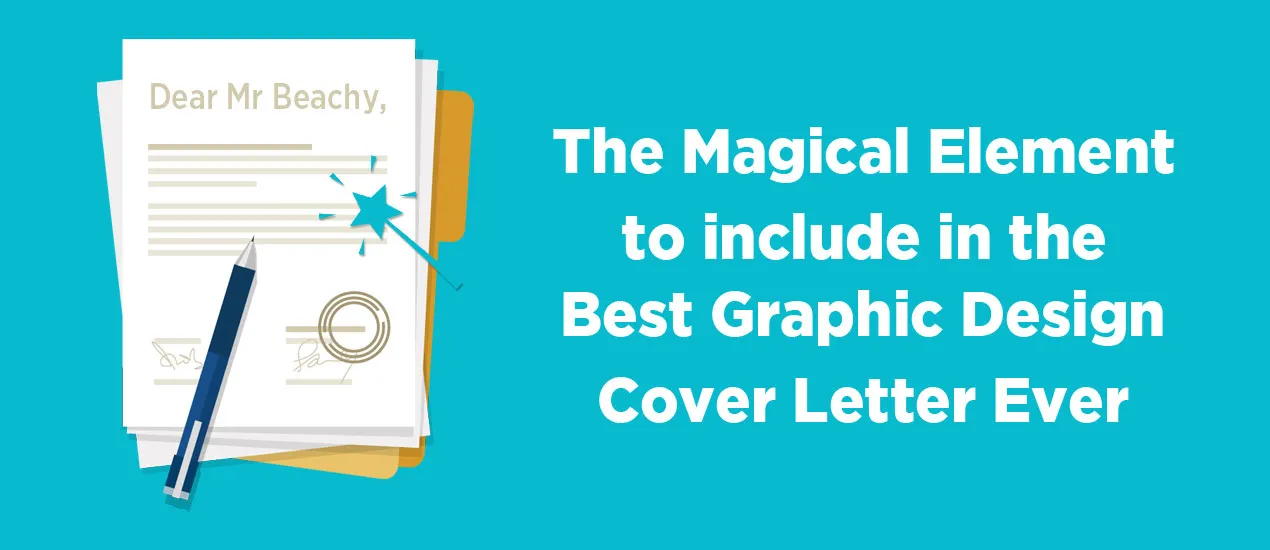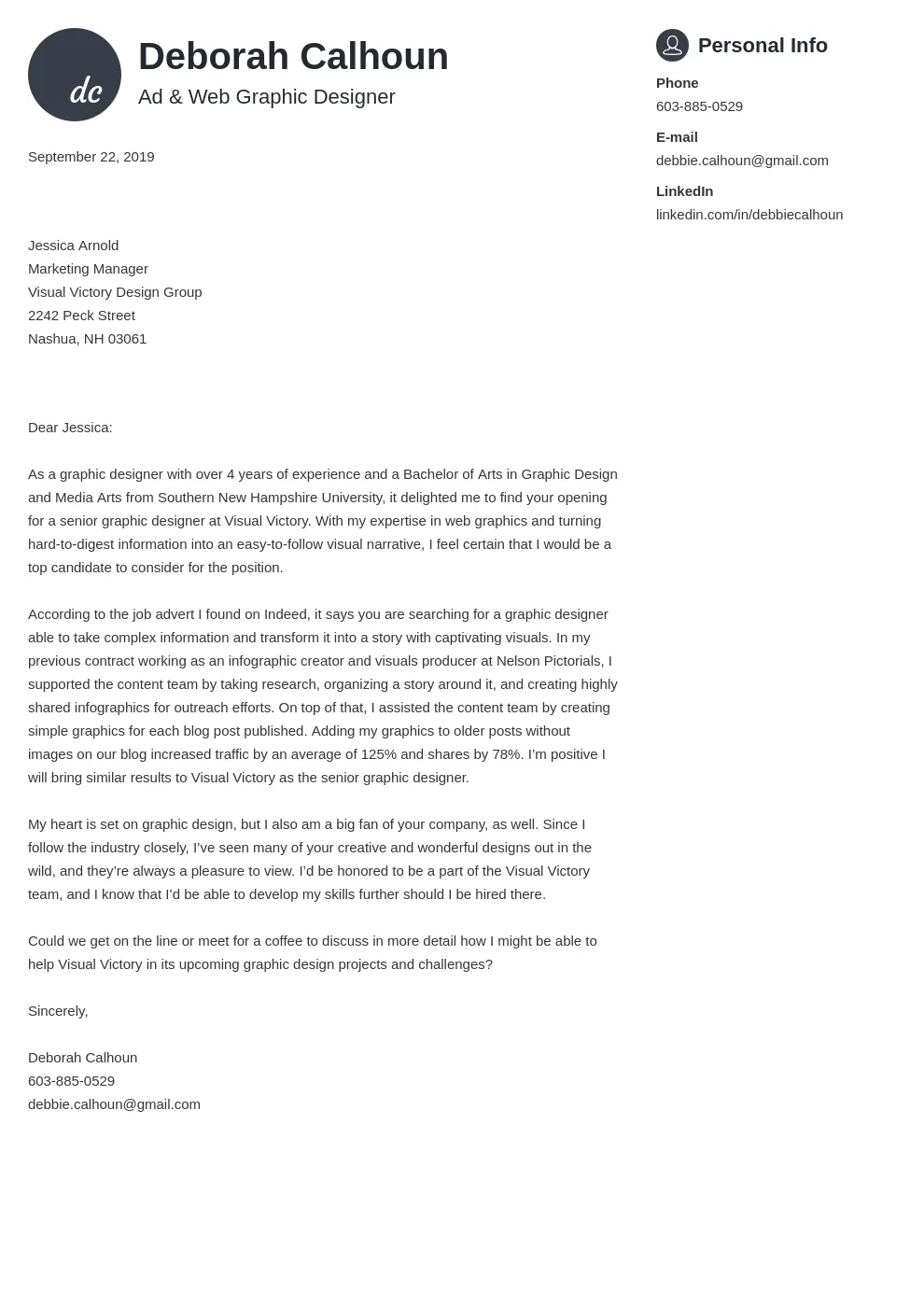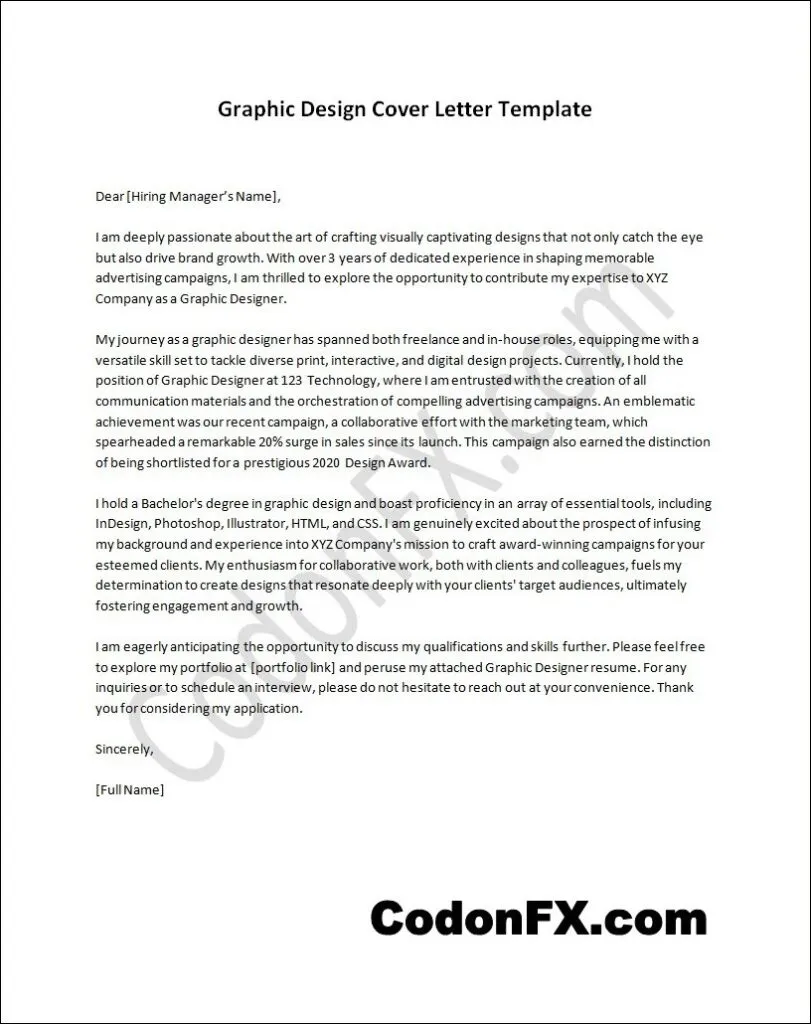What is a Cover Letter and Why is it Important (2024)
In the competitive landscape of 2024, a well-crafted cover letter is more crucial than ever. A cover letter serves as your first direct communication with a potential employer, offering an opportunity to introduce yourself, highlight your skills, and express genuine interest in the position. It’s a personalized document that complements your resume, allowing you to expand on your qualifications and showcase your personality and writing style. Unlike a resume, which is a factual summary, a cover letter provides context, explaining why you are the ideal candidate and how your experience aligns with the company’s needs. A strong cover letter can significantly increase your chances of securing an interview, setting you apart from other applicants and making a lasting impression. In a crowded job market, neglecting a cover letter is a missed opportunity to make a compelling case for your candidacy, so it’s important to understand the basics.
Cover Letter Layout and Design Best Practices
The layout and design of your cover letter are essential for readability and making a positive first impression. Start with a clean and professional layout, ensuring a clear structure that guides the reader through your document. Use a standard business letter format with your contact information at the top, followed by the date, the hiring manager’s name and title, and the company’s address. Maintain consistent spacing and margins, typically 1-inch margins on all sides, to create a visually balanced document. Choose a legible font, such as Arial, Calibri, or Times New Roman, at a size between 10 and 12 points, ensuring that the text is easy on the eyes. Break up large blocks of text with short paragraphs and bullet points to improve readability. Use headings to organize your content, making it easy for the recruiter to scan and identify key information. A well-designed cover letter is not just informative; it’s a visual representation of your attention to detail and professionalism, conveying your enthusiasm for the role.
Cover Letter Font Choices (2024) to Impress

Choosing the right font for your cover letter is critical for creating a professional and polished look. The font you select should be easy to read and reflect your brand. Opt for classic and universally recognized fonts like Arial, Calibri, or Times New Roman; these are considered safe choices and are widely accepted across various industries. For a more modern feel, consider fonts like Open Sans or Lato, which offer a clean and contemporary appearance. Avoid overly decorative or unusual fonts, as these can distract from the content and make your letter difficult to read. The font size should be between 10 and 12 points to ensure readability without appearing too small or too large. Ensure consistency throughout your cover letter, using the same font for all sections, including your name, contact information, and the body of the letter. Proper font selection showcases your attention to detail and professionalism, demonstrating that you understand the importance of presentation in the job application process.
Cover Letter Design: The Right Use of Color
Color can significantly enhance your cover letter’s appeal, but it should be used strategically and with restraint. Avoid using excessive colors that can appear unprofessional or distracting. A minimalist approach is often best; consider using color to highlight your name, the company name, or section headings. The best approach is to use a single accent color to complement your font and design. Choose colors that align with the industry and the job you’re applying for. For example, if you’re applying for a creative role, you might incorporate a bold color to demonstrate creativity. For more conservative industries, stick to neutral colors like gray, navy, or a muted version of a brand color. Ensure that your color choices provide sufficient contrast between the text and the background for readability. Test your cover letter by printing it in both color and black and white to ensure that it still looks professional and clear. The thoughtful use of color can help your cover letter stand out and make it more memorable.
Cover Letter Design: Incorporating Visual Elements
Incorporating visual elements can make your cover letter more engaging and memorable, but it’s important to use them judiciously. Consider adding a professional-looking header with your name and contact information; this can include a subtle design element, such as a thin line or a simple icon. Use bullet points and short paragraphs to break up text and improve readability, and add white space to prevent the page from feeling cluttered. If you’re applying for a design-related role, you might consider including a small, relevant graphic or icon that reflects your personal brand. Make sure any images or graphics you add are of high quality and do not detract from the content. Always prioritize clarity and professionalism over flashy design. Ensure that any visual elements align with the overall tone and style of your cover letter and the company’s brand. When including visual elements, ensure they are accessible and don’t affect readability for all users.
Content Tips for Your Cover Letter (2024)

The content of your cover letter is as important as its design. Start by addressing the hiring manager by name, if possible, to show that you’ve done your research. The opening paragraph should immediately grab the reader’s attention by expressing your interest in the specific role and company, mentioning how you found the job posting, and briefly stating why you’re a great fit. In the body of your letter, highlight relevant skills and experience, providing specific examples of your accomplishments and quantifying your results whenever possible. Tailor the content to match the job description, emphasizing the qualifications that align with the company’s needs. Keep it concise and focused, avoiding unnecessary jargon or repetition of information from your resume. End with a strong call to action, reiterating your interest and inviting the hiring manager to contact you for an interview. Proofread carefully for any grammatical errors or typos, and personalize your letter for each application to increase its impact.
Cover Letter: Tailoring to the Specific Job
A generic cover letter is unlikely to impress a hiring manager. Tailoring your cover letter to each job you apply for is essential. Start by carefully reviewing the job description, noting the specific skills, experience, and qualifications the employer is seeking. Use the job description to identify the key requirements and align your cover letter content to match. Highlight the relevant experience and skills by providing specific examples of how you’ve used them successfully in previous roles. Mention the company’s name, and demonstrate that you’ve researched their mission, values, and recent projects. In the body of your letter, address how your goals align with the company’s, and explain why you are the perfect fit. This level of personalization shows that you’ve invested time and effort into the application, increasing your chances of getting noticed and selected for an interview. A tailored cover letter showcases your genuine interest in the role and company.
Cover Letter: Formatting and Proofreading
Formatting and proofreading are critical components of a professional cover letter. Ensure that your letter is well-formatted, with consistent spacing, margins, and font choices. Use clear headings and subheadings to organize the content and enhance readability. Proofread the cover letter carefully to check for any grammatical errors, spelling mistakes, or typos. Read the letter aloud to catch any awkward phrasing or sentence structure. Ask a friend or colleague to review your cover letter for a second opinion. Pay close attention to the details, such as the date, the recipient’s name and title, and the correct company address. A well-formatted and error-free cover letter reflects your attention to detail and your commitment to quality. By carefully formatting and proofreading your cover letter, you demonstrate professionalism and show potential employers that you care about making a positive impression.
Cover Letter Examples and Templates for Inspiration

Utilizing examples and templates can be an invaluable resource when creating your cover letter. Several online platforms offer a range of cover letter examples tailored to different industries and job roles. Look for templates that match your desired style and tone, whether it is a formal business letter or a more creative approach. Use these examples as a guide to structure your content and highlight your skills and experiences. However, don’t simply copy and paste; instead, adapt the content to reflect your unique background and the specific requirements of each job. Experiment with different layouts and designs to find what resonates with you and best reflects your personality. There are numerous free and paid template options available that cater to various design preferences. Remember that a well-crafted cover letter is a personal reflection, and while templates provide a strong foundation, personalization is key to showcasing your individuality and making a lasting impression on potential employers.
Cover Letter Design: Avoiding Common Mistakes
Avoiding common mistakes is essential for creating an effective cover letter. One of the biggest errors is sending a generic letter that isn’t tailored to the specific job or company. Avoid excessive length; aim for one page, focusing on the most relevant information. Do not repeat your resume verbatim; the cover letter should expand on your qualifications and provide context. Typos and grammatical errors can damage your credibility, so always proofread carefully. Avoid using overly casual language or jargon, and maintain a professional tone throughout. Don’t make the letter all about yourself; focus on how your skills and experience can benefit the company. Never include negative comments about past employers or colleagues. Ensure your contact information is up-to-date and easy to find. By avoiding these common pitfalls, you can increase your chances of making a positive impression and securing an interview.
Cover Letter Design: How to Measure Success
Measuring the success of your cover letter is crucial for ongoing improvement. The primary indicator of success is whether you secure an interview. If you consistently receive interview invitations, your cover letter is likely effective. Track how many applications you submit and how many interviews you are offered. If you’re not getting interviews, analyze your cover letter for areas that need improvement, such as tailoring it to the job description or highlighting key skills and experience. Seek feedback from career advisors, friends, or colleagues to identify any weaknesses. Consider A/B testing different versions of your cover letter to see which ones perform better. Experiment with different layouts, content, and language, and monitor the results. Regularly update your cover letter to ensure it reflects your latest experiences and skills. By tracking your results and making adjustments, you can continuously improve your cover letter and increase your chances of landing your dream job.
